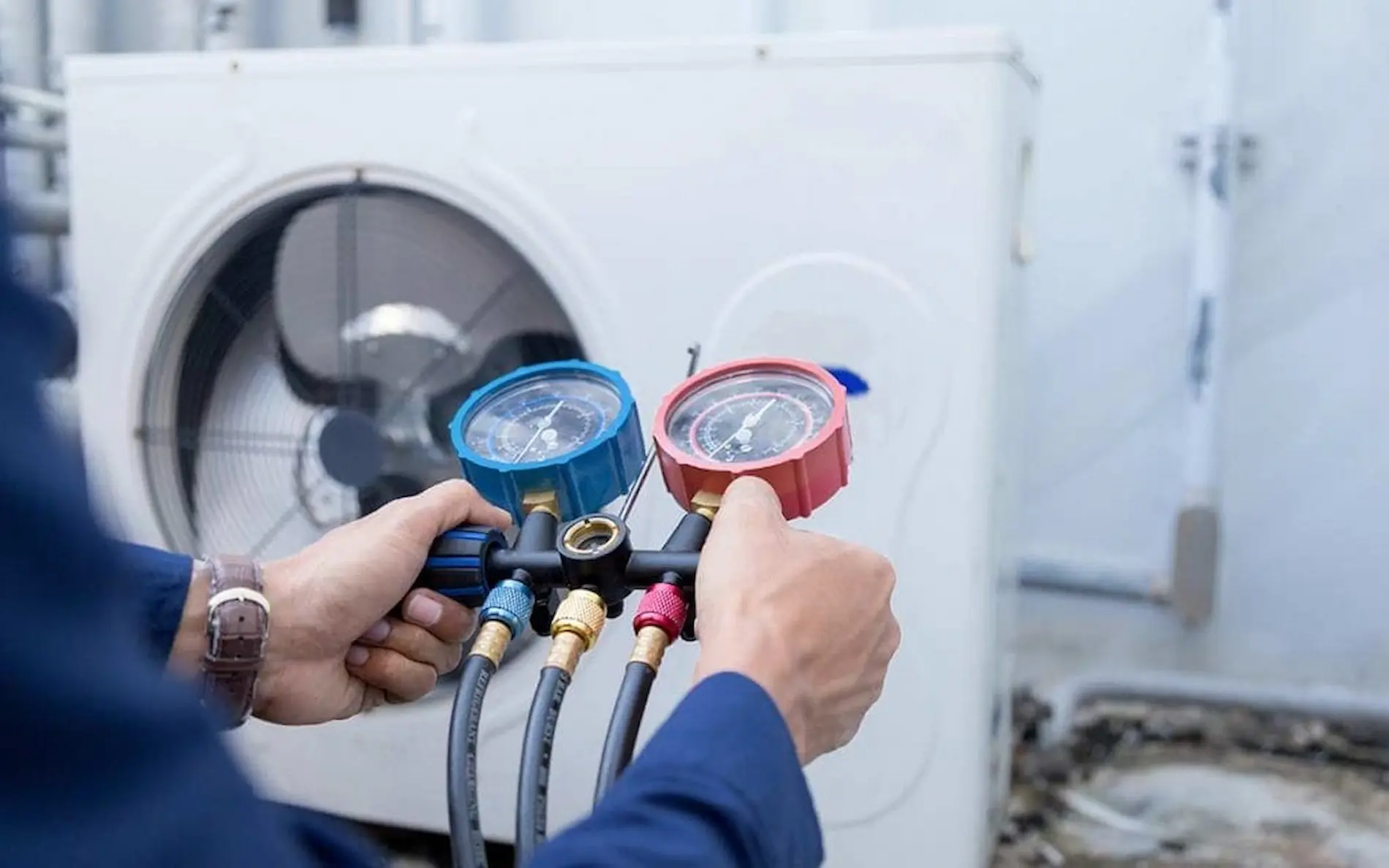4.8

Understanding Electrical Grounding and Bonding
Electrical systems in residential homes are intricate networks designed to deliver power safely and efficiently. Two critical components of these systems are grounding and bonding. Understanding these concepts can help homeowners ensure their electrical systems are safe and functioning correctly. This blog will delve into the essentials of electrical grounding and bonding, explaining their importance and how they work.
What is Electrical Grounding?
Electrical grounding is a fundamental safety measure in any residential electrical system. Grounding involves connecting the electrical system to the earth, providing a path for excess electrical current to disperse safely into the ground. This process protects both the home and its occupants from electrical shocks and potential fire hazards.
When discussing residential electrical grounding and bonding, it’s important to understand that grounding serves as a reference point for voltage levels in the electrical system. By grounding the system, it ensures that all exposed metal parts of appliances and other electrical devices remain at a safe potential, reducing the risk of electric shock.
What is Electrical Bonding?
Electrical bonding, often mentioned alongside grounding, is equally essential for electrical safety. Bonding involves connecting all metal parts that are not intended to carry current, such as conduit pipes, metal enclosures, and structural steel, to ensure they have the same electrical potential. This process helps eliminate voltage differences between conductive parts, reducing the risk of electrical shock.
In simple terms, bonding creates a network of connected metal parts, ensuring that in case of a fault, the electrical current has a low-resistance path back to the source. This path triggers the circuit breaker or fuse to shut off the power, preventing electrical hazards.
The Relationship Between Grounding and Bonding
While grounding and bonding are distinct processes, they work together to enhance electrical safety. Grounding provides a safe path for electrical currents to the earth, while bonding ensures that all metal parts have the same potential, preventing dangerous voltage differences. Together, grounding and bonding create a comprehensive safety system that protects against electrical faults and shocks.
For those new to these concepts, understanding grounding and bonding for dummies can be simplified: grounding connects the electrical system to the earth, while bonding connects all metal parts to ensure uniform electrical potential. Both are crucial for a safe and effective electrical system.
Why Are Grounding and Bonding Important?
The importance of grounding and bonding cannot be overstated. Here are several reasons why these practices are essential for residential electrical systems:
- Safety: Proper grounding and bonding prevent electrical shocks, reducing the risk of injury or death. They also minimize the risk of electrical fires by providing a safe path for fault currents.
- System Stability: Grounding stabilizes the voltage levels within the electrical system, ensuring reliable operation of electrical devices and appliances.
- Equipment Protection: Grounding and bonding protect sensitive electronic equipment from damage caused by electrical surges and faults.
- Compliance: Electrical codes and regulations require proper grounding and bonding to ensure the safety and reliability of residential electrical systems.
How is Electrical Grounding and Bonding Done?
Professional electricians use several methods to implement grounding and bonding in residential electrical systems:
- Grounding Electrodes: These include ground rods, metal water pipes, and concrete-encased electrodes that connect the electrical system to the earth.
- Bonding Conductors: Bonding conductors connect metal parts, such as electrical panels, conduits, and other conductive materials, to ensure they have the same electrical potential.
- Grounding Conductors: These conductors provide a path for fault currents to flow safely to the ground.
Common Issues with Grounding and Bonding
Despite their importance, grounding and bonding systems can sometimes be improperly installed or maintained, leading to several issues:
- Poor Connections: Loose or corroded connections can impede the effectiveness of grounding and bonding, leading to safety hazards.
- Improper Installation: Incorrect installation of grounding and bonding components can compromise the system’s safety.
- Aging Systems: Older homes may have outdated or inadequate grounding and bonding systems that need to be upgraded to current standards.
Ensuring Proper Grounding and Bonding
To ensure your home’s electrical system is properly grounded and bonded, it is essential to hire a professional electrician. They will conduct a thorough inspection, identify any issues, and perform the necessary upgrades or repairs. Regular maintenance and inspections can also help prevent grounding and bonding problems, ensuring ongoing safety and reliability.
Conclusion
Understanding grounding and bonding is crucial for maintaining a safe and efficient residential electrical system. These processes work together to protect against electrical shocks, fires, and equipment damage, ensuring the safety of your home and its occupants. Whether you’re dealing with a new installation or an older system, proper grounding and bonding are essential.
For homeowners looking to ensure their electrical systems are up to code and functioning safely, Lazer Home Services is here to help. Our team of experienced electricians provides comprehensive electrical services, including grounding and bonding, to keep your home safe and efficient. Contact Lazer Home Services today for all your plumbing, electrical, and HVAC needs.
Recent News
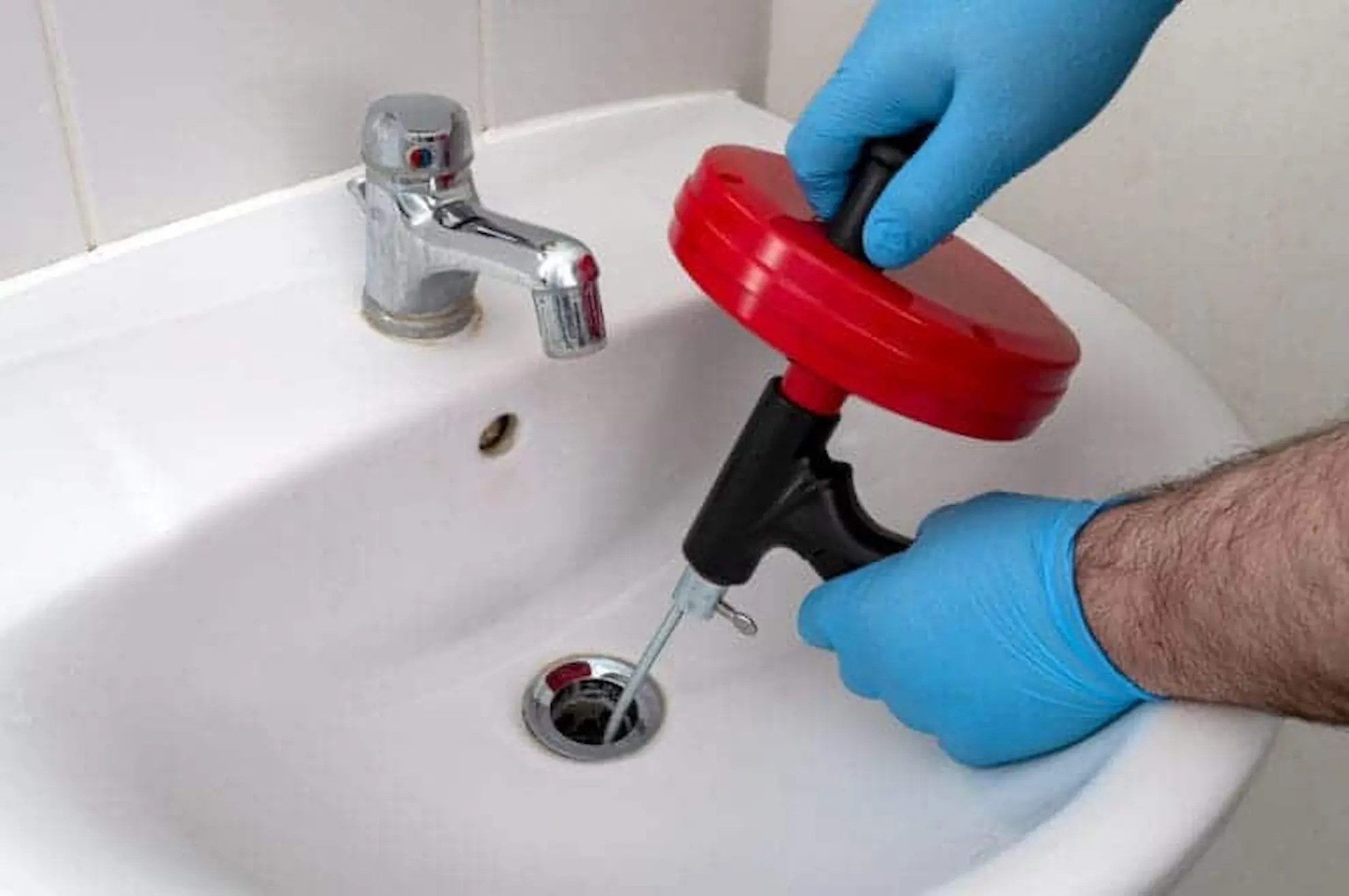
Residential Drain Cleaning in Des Moines | Lazer Home Services

Heat Pump Repair and Installation Solutions in Des Moines.
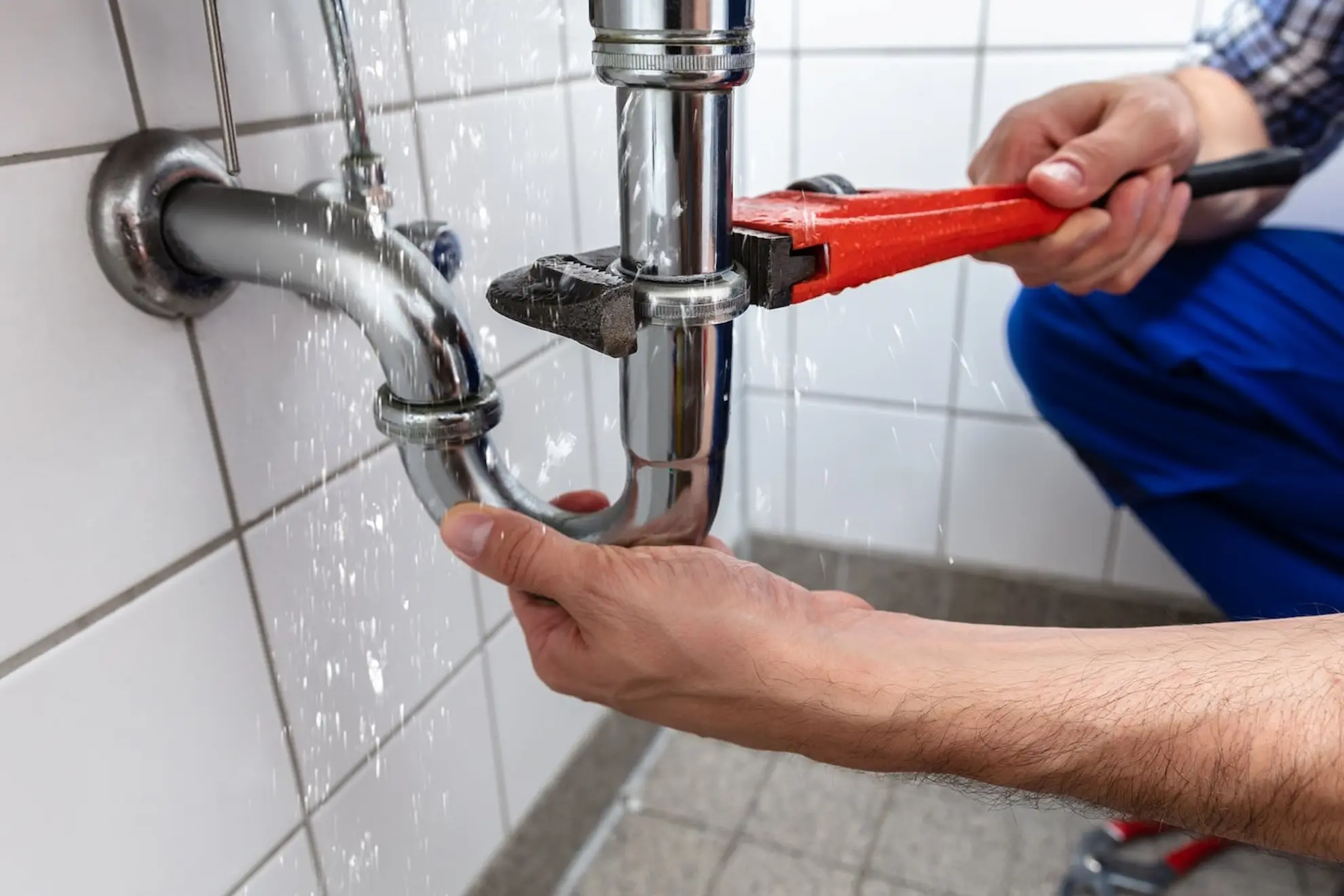
How to Detect Hidden Pipe Leaks | Lazer Home Services
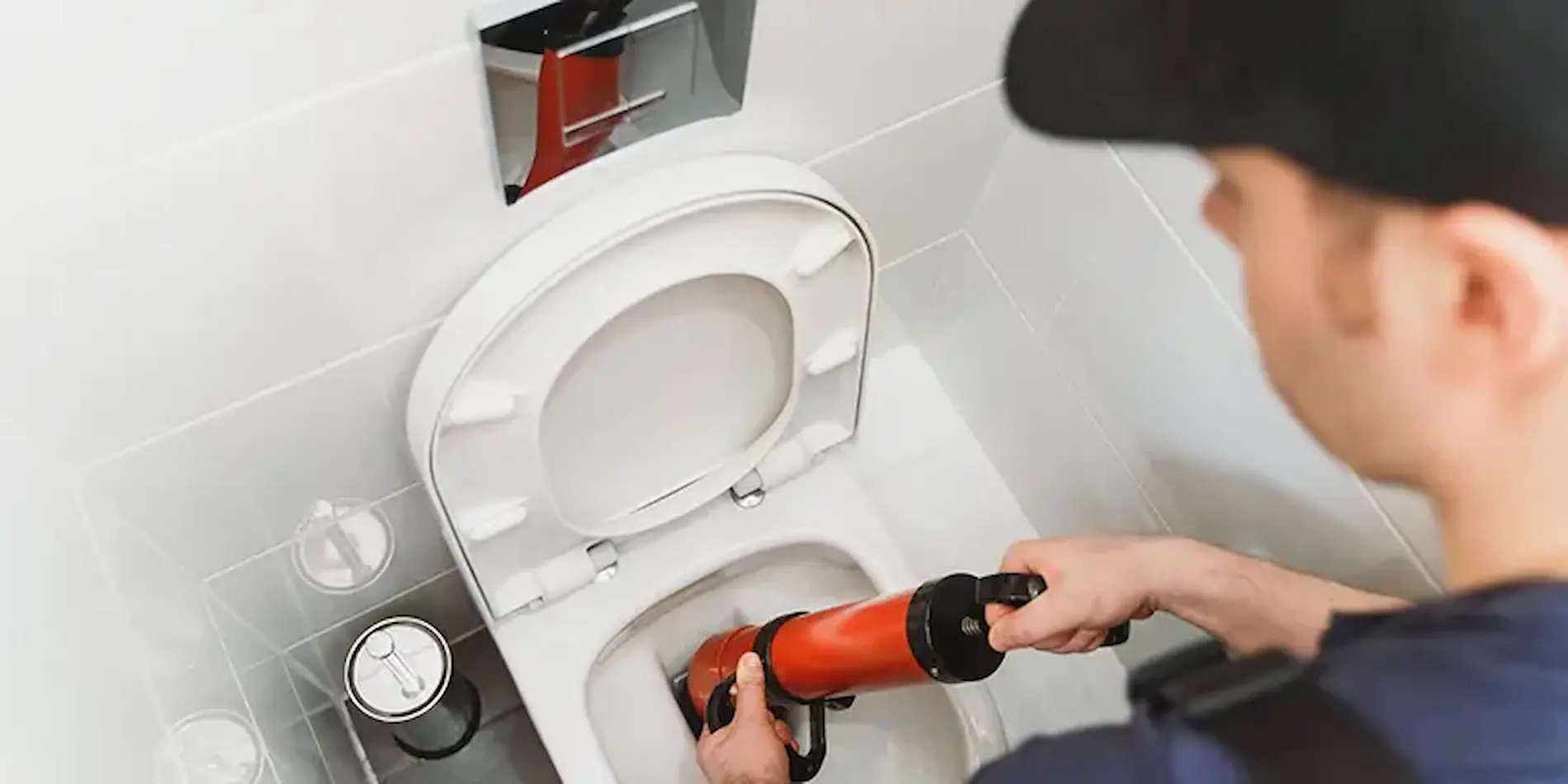
5 Early Warning Signs Your Home Plumbing Needs Urgent Attention
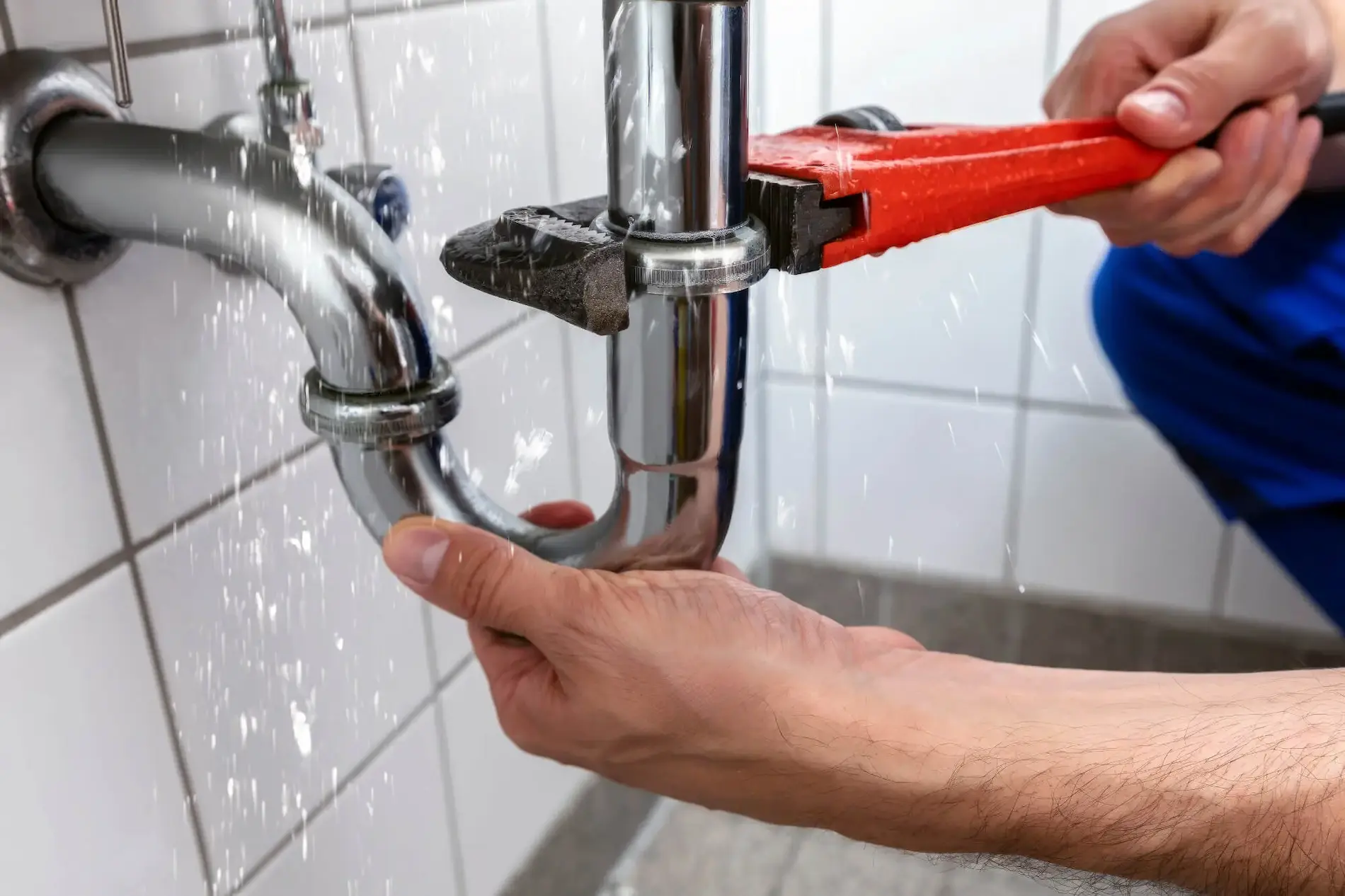
Plumbing Maintenance Checklist Des Moines | Lazer Home Services

Leak Detection and Repair in Des Moines | Lazer Home Services
